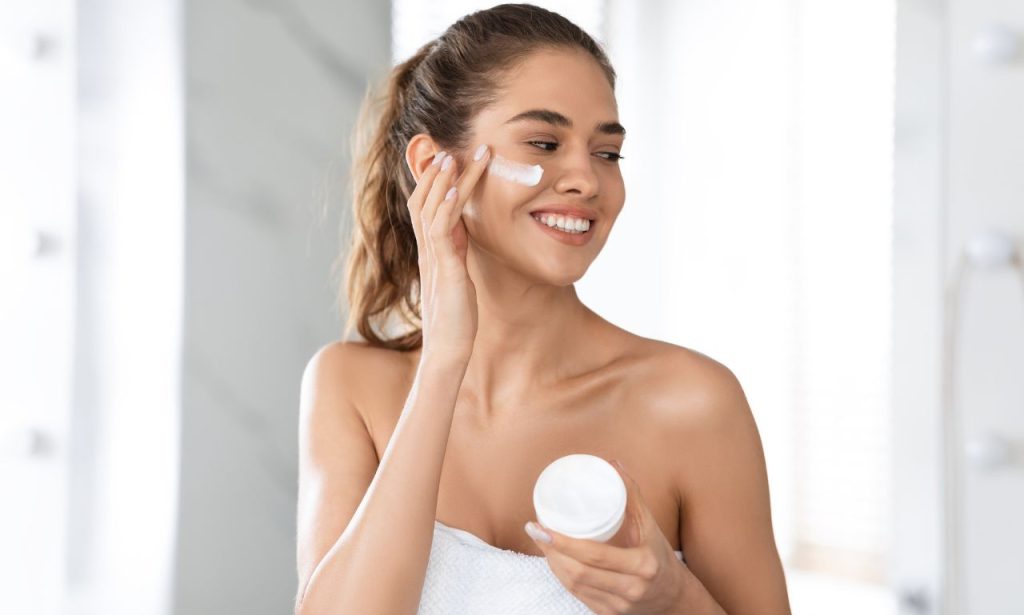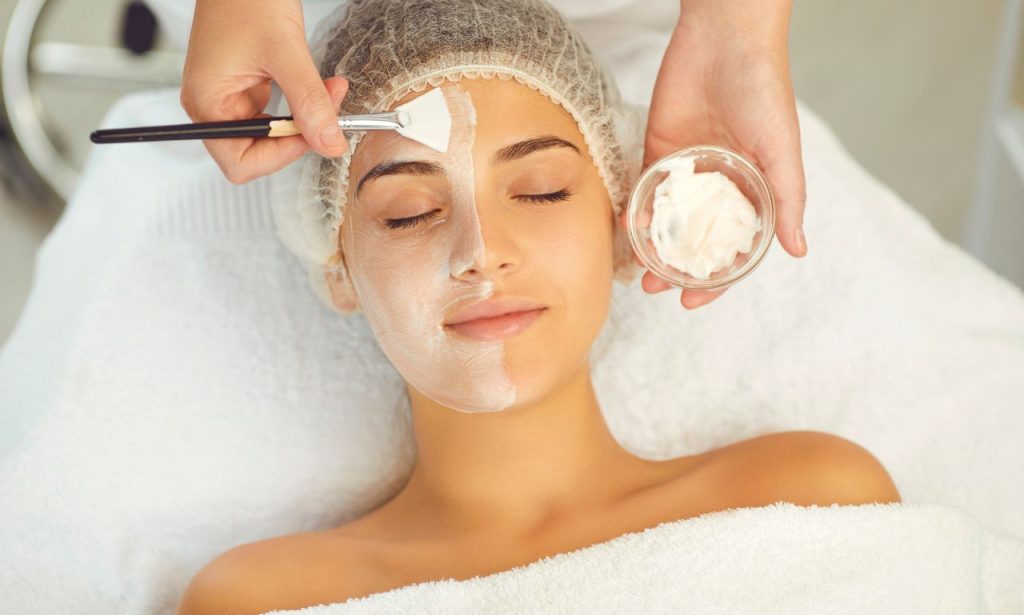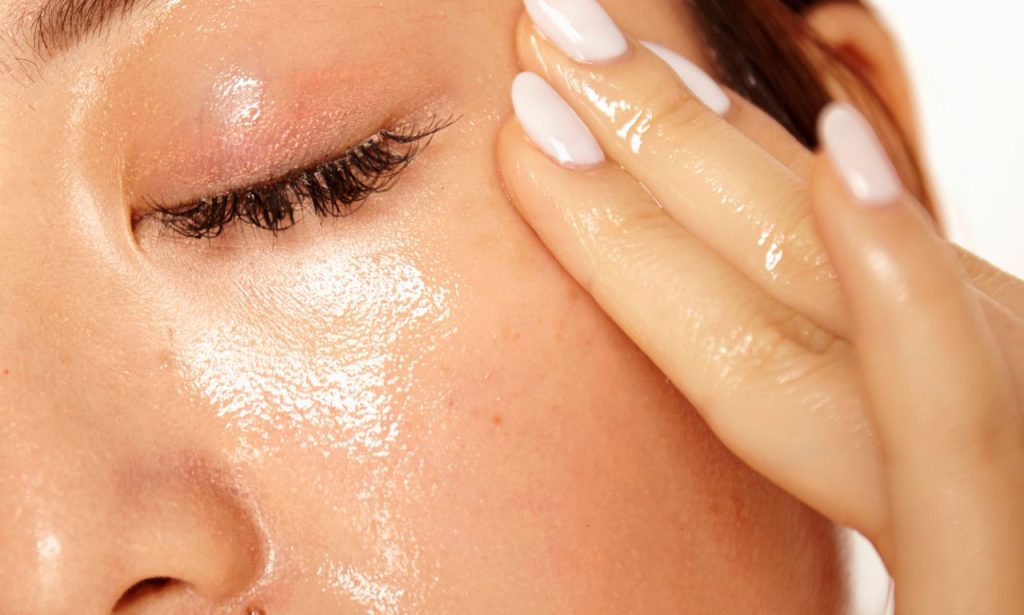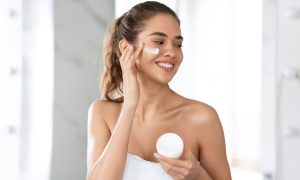As summer fades and leaves begin to turn color, your skin is already starting to shift. That crisp fall air is all about lower humidity and more challenging conditions; even the hardiest of skin can’t withstand it and comes out dry and irritated. Now is the time to update your beauty arsenal with vegan options that keep your skin glowing all autumn without sacrificing your principles. Let’s take the main steps to transition your vegan skincare routine for autumn, focusing on gentler products and thicker formulations that protect your skin’s natural barrier.
Avoid Skin-Stripping Ingredients
As temperatures drop, your skin’s moisture barrier becomes more vulnerable. Now’s the perfect time to ditch those harsh cleansers and toners that worked well during the sweaty summer months.
Many conventional products contain aggressive ingredients like alcohol, synthetic fragrances, and sulfates that can strip your skin of its natural oils. These ingredients might have helped control excess oil during the summer but only exacerbate dryness when the air gets colder.
Instead, look for vegan skincare products with minimal ingredients and gentle formulations. Check labels for calming botanical extracts like chamomile, calendula, and aloe vera. Plant-based glycerin is another fantastic humectant that draws moisture into your skin without irritation.
Upgrade to a Richer Moisturizer

Your lightweight summer gel moisturizer won’t cut it anymore. Fall requires something more substantial, creating a protective barrier against the elements. Vegan moisturizers featuring shea butter, cocoa butter, or mango butter provide excellent hydration without clogging pores. Look for formulations that include hyaluronic acid, which can hold up to 1,000 times its weight in water, helping your skin stay plump and hydrated throughout the day. For those with combination skin, consider using different moisturizers for different facial zones. A lighter formula for your T-zone and a richer cream for your cheeks might be the perfect combination.
Say No to Hot Water
The temptation to take steaming hot showers becomes almost irresistible when the weather turns chilly. However, hot water is one of the biggest culprits behind autumn skin issues. Hot water strips away your skin’s natural oils, leaving it parched and irritated. This is especially problematic when the outdoor air is already drier. Switch to lukewarm water to wash your face and body, and try to keep showers brief.
After cleansing, pat—don’t rub—your skin dry with a soft towel. To maximize absorption, leave a bit of moisture on your skin before applying your serums and moisturizers.
I learned this lesson the hard way during my first vegan skincare fall when I couldn’t figure out why my skin remained dry despite using rich moisturizers. It turned out my lengthy hot showers were undoing all my careful product selection!
Embrace Gentle Exfoliation

Dead skin cells can also pile up more readily during seasonal changes, leaving dullness and preventing your products from absorbing. Physical scrubs can be too harsh on your skin’s compromised barrier, though. Opt for gentle chemical exfoliants that have fruit enzymes or plant-derived alpha-hydroxy acids (AHAs) instead. Papaya, pineapple, or pumpkin enzyme-based vegan exfoliants dissolve dead skin cells without the friction of physical scrubs.
Limit exfoliation to 1-2 times per week, and always follow with extra hydration. Your freshly exfoliated skin will better absorb your serums and moisturizers, maximizing their benefits.
Revamp Your Cleansing Routine
Your summer double-cleanse routine might need to be adjusted for fall. While removing sunscreen and makeup remains essential, you may not need such thorough cleansing, as oil production naturally decreases in cooler weather. Consider switching to a cream or oil-based cleanser that nourishes while it cleans. Many vegan brands offer balm cleansers with plant oils that remove makeup without stripping moisture.
Hydrate Inside & Out
Correct hydration is even more important at times of seasonal change. Moisturizers operate from the outside, but hydration from the inside maintains your skin’s health and appearance. Drink as much water as possible throughout the day. Aim to drink plenty of water throughout the day. Herbal teas—especially those with skin-supporting herbs like nettle, dandelion, or rose hip—provide hydration and beneficial plant compounds. Consider adding a humidifier to your bedroom to combat the drying effects of indoor heating systems. This simple addition can make a remarkable difference in how your skin feels upon waking.
Calm Redness & Flare-Ups
The change in seasons often triggers skin sensitivity and redness, especially for those with conditions like rosacea or eczema. Vegan skincare offers excellent options for calming irritated skin.
Look for products containing anti-inflammatory ingredients like green tea extract, Centella Asiatica (also known as tiger grass), oat extract, and licorice root. These plant-based ingredients soothe inflammation while strengthening your skin barrier.
Cica creams (short for Centella Asiatica) have become increasingly popular in vegan skincare lines for their exceptional healing properties. These rich, green-tinted formulas help reduce redness and repair damaged skin.
Don’t Forget Your Eyes
The skin around your eyes is pretty sensitive, so it’s the first to show dryness and irritation. You may find that you get more fine lines, puffiness, or dark circles with decreased humidity. Spend in a nourishing vegan eye cream that has peptides to promote collagen production and plant oils that hydrate without causing irritation. Ingredients like caffeine (from plant sources), vitamin K, and cucumber extract can help reduce puffiness and dark circles.
Apply your eye cream with your ring finger, which naturally applies the least pressure. Use gentle patting motions rather than rubbing or pulling on this delicate skin.
For an extra boost, store your eye cream in the refrigerator. The cooling effect helps reduce morning puffiness while making the application feel like a refreshing treat.
Using a Body Lotion is a Must
While we often focus on facial skincare, the rest of your body needs attention, too! Fall weather can leave arms and legs feeling itchy and tight as moisture levels drop.
Vegan body butter and lotions containing cocoa butter, shea butter, and plant oils provide intense hydration. Look for products that include ceramides, which help repair and strengthen your skin’s natural barrier.
Apply body lotion immediately after showering while your skin is still slightly damp. Focus on rough areas like elbows, knees, and heels, which tend to dry out faster.
Say “YES” to Facial Oils

If you’ve been avoiding facial oils, fall is the perfect time to welcome them into your routine. Far from causing breakouts, the right facial oils can balance, nourish, and protect your skin. Vegan facial oils like jojoba, squalane (plant-derived), rosehip, and sea buckthorn mimic your skin’s natural sebum, helping to regulate oil production while providing essential fatty acids and antioxidants.
Apply 2-3 drops of facial oil as the final step in your nighttime routine after serums and moisturizers. This creates a protective seal that prevents moisture loss while you sleep.
Conclusion
Transitioning into a fall vegan skincare regimen doesn’t require a full product overhaul—just thoughtful adjustments that respect your skin’s changing needs. By prioritizing gentle cleansing, heightened hydration, and protective features, you can achieve a radiant glow all autumn and stay true to your cruelty-free philosophy. Remember that consistency is the key. Let your skin adjust to new products and routines, typically 4-6 weeks before expecting significant results. See how your skin responds and be ready to make further adjustments as needed.
ALSO READ: What are Some of the 11 Things Not to Do After a Laser Treatment?
FAQs
Some summer products, especially lightweight hydrating serums, can transition into your fall routine. However, you’ll likely need to supplement with richer moisturizers and facial oils.
Most skin types benefit from exfoliating 1-2 times per week during the fall. If you notice increased sensitivity, reduce it once every 7-10 days.
Indeed! Fruity and vegetable ingredients like shea butter, plant oils, and hyaluronic acid can work wonders on even the driest skin conditions. The secret is to discover the right concentration of these active ingredients in products.
Ideally, yes. Daytime routines should focus on protection with lighter layers, while nighttime allows for richer, more restorative products when your skin naturally repairs itself.
Your skin should feel comfortable—not tight or irritated—throughout the day. You should notice less flaking, improved texture, and a healthy glow rather than dullness or excessive shininess.

